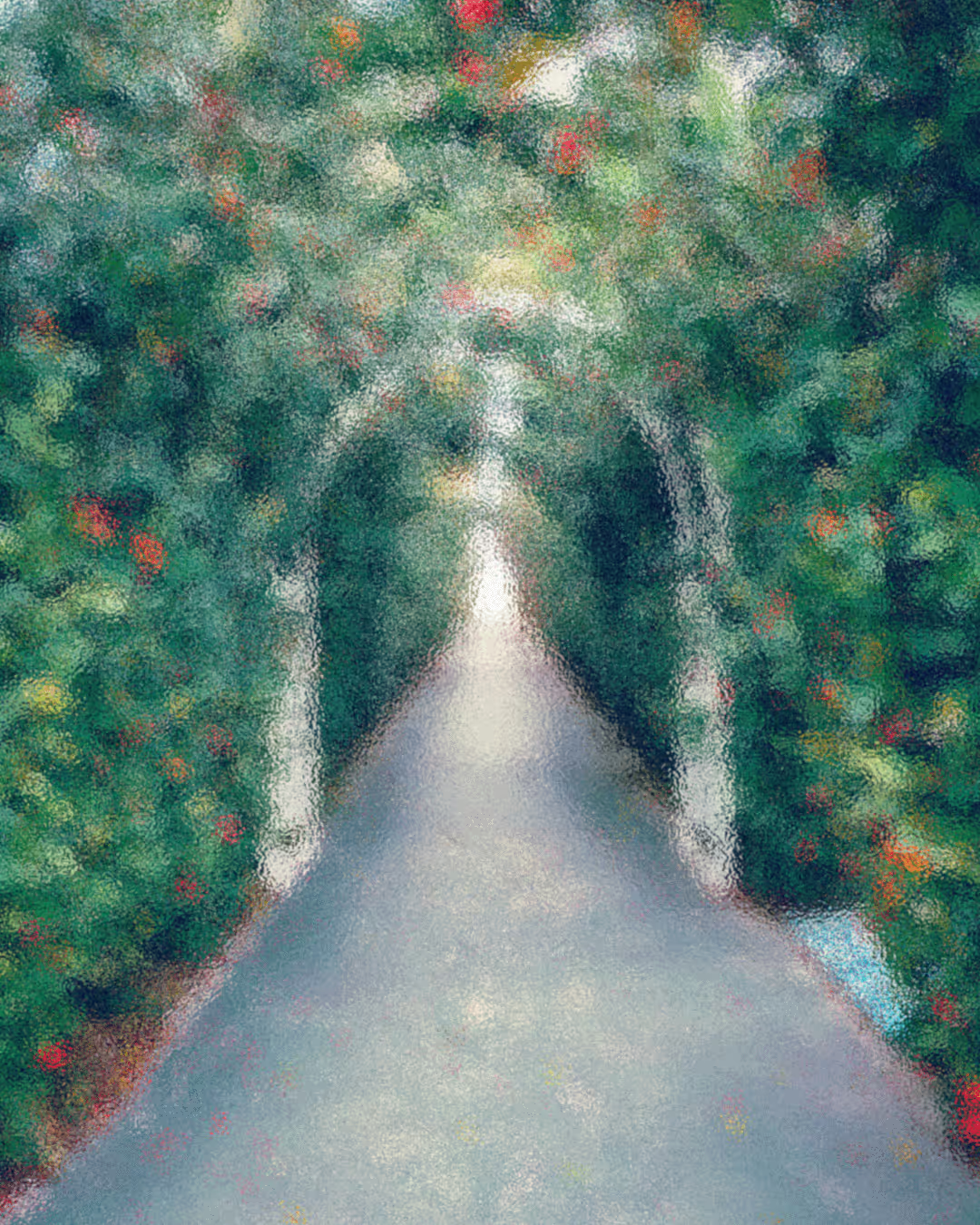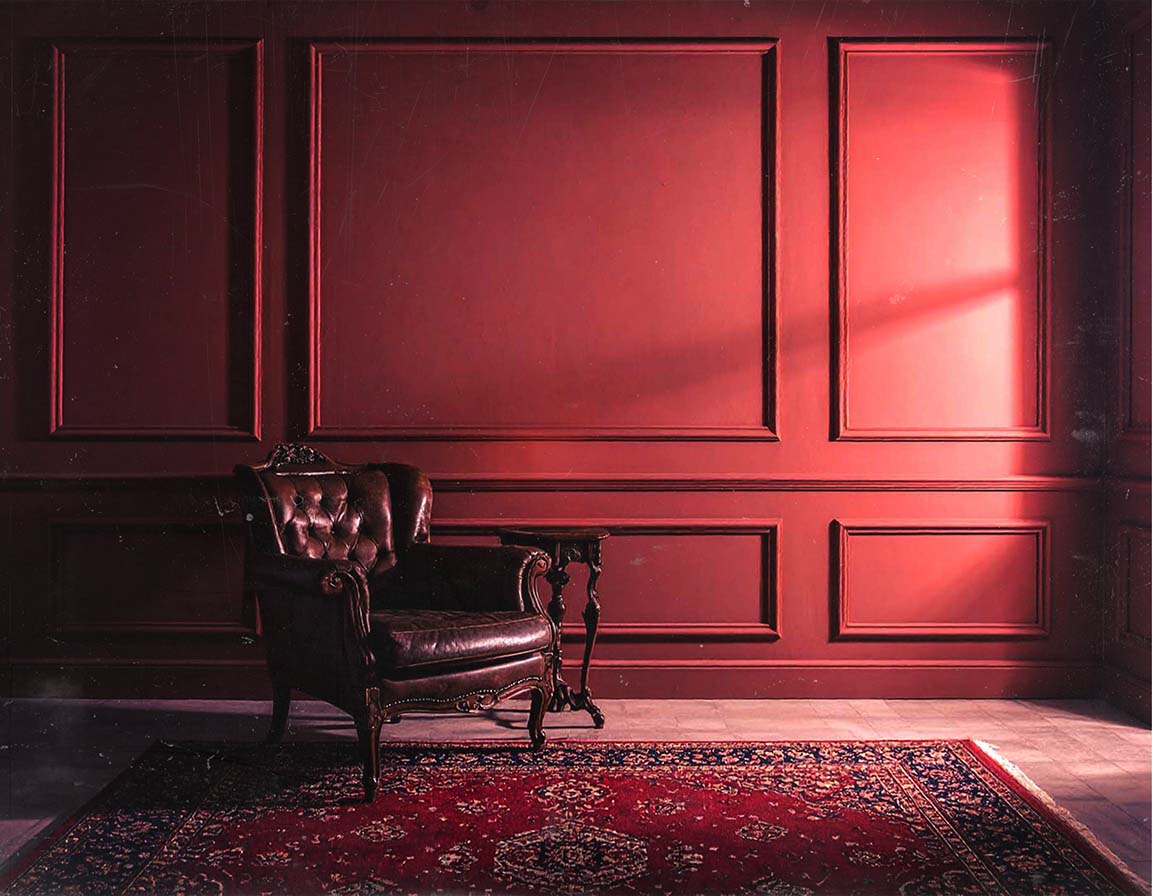In hospitality, branding is often the first impression. Here’s how to choose the right designer so you don't waste money.

The Parlor
This is brand identity design that helps people see the value of what you do, whether you’re evolving or giving your brand long-overdue attention.

The garden
Your brand is growing wild and unruly. Let’s shape it with intention and make every touchpoint a part of your audience's daily ritual.

Free Resources
Free brand resources to help you tell your story and strengthen your strategy. Because your brand deserves depth, not guesswork.
In hospitality and entertainment, your visuals aren’t just aesthetics. They’re part of the guest experience. They set the mood before anyone walks through the door, buys a ticket, or orders a drink. And when those visuals don’t line up, people notice.
The usual culprit? Hiring the wrong kind of designer.
It’s a costly mistake that starts small. With mismatched fonts on your menus, campaign graphics that don’t feel like your space, and a website that doesn’t match your signage. Everything looks fine on its own, but doesn't work well together. That disconnect weakens trust and recognition, and quietly eats at your marketing budget.
A brand designer builds your entire visual system, including the logo, color palette, typography, and tone that define how your business shows up everywhere. They create a foundation that turns every guest touchpoint into a seamless experience.
A graphic designer works within that system. They design pieces such as flyers, digital ads, menus, and social graphics. Their job is execution, not direction.
If you think of your brand as a live performance, the brand designer sets the stage and writes the lighting cues. The graphic designer makes sure every show runs smoothly.
Founders often skip the first step and hire a graphic designer to “refresh the look.” What they get is short-term polish without long-term cohesion. The result is constant rework, inconsistent campaigns, and money wasted on “fixing” visuals that weren't built with strategy.
Event design adds another layer.
If you’re hosting a one-time event. Like a seasonal activation, pop-up, or product launch. A skilled graphic designer can handle everything from invitations to signage.
But if it's a recurring event or serves as a cornerstone of your brand, it likely needs its own sub-brand. That’s where a brand designer comes in. They’ll build an identity system that connects the event to your main brand while giving it room to stand out.
When your branding is intentional, every event feels like part of a larger story instead of a one-off production.
Hospitality and entertainment thrive on experience. Every touchpoint, from your Instagram feed to your front desk signage, should present the same atmosphere.
Guests notice when that mood feels aligned. They may not say it out loud. But consistency builds familiarity, and familiarity builds trust.
Strong branding isn’t about chasing trends. It’s about creating a recognizable, repeatable feeling. And when that happens, it becomes an asset that pays for itself, instead of a recurring expense.
If your visuals feel disjointed, don’t throw another project at your designer. Step back.
If the answer is “not really,” it’s time to bring in a brand designer.
Once your foundation is strong, your graphic designer can move faster. Your campaigns will feel more intentional, and your guests will recognize you before they ever read the name.
That’s when your visuals stop blending in and start belonging.
Building a brand should never feel like guesswork. You deserve a creative partner who understands how visuals can shape an experience, not just aesthetics.
That’s the work I do through The Parlor, for founders ready to refine or rebuild their brand identity. And The Garden, my ongoing brand management service for keeping your visuals consistent as you grow.
If your brand feels scattered, it’s not too late to reset. But you'll need the right kind of designer to bring it all into focus.
Check these out next